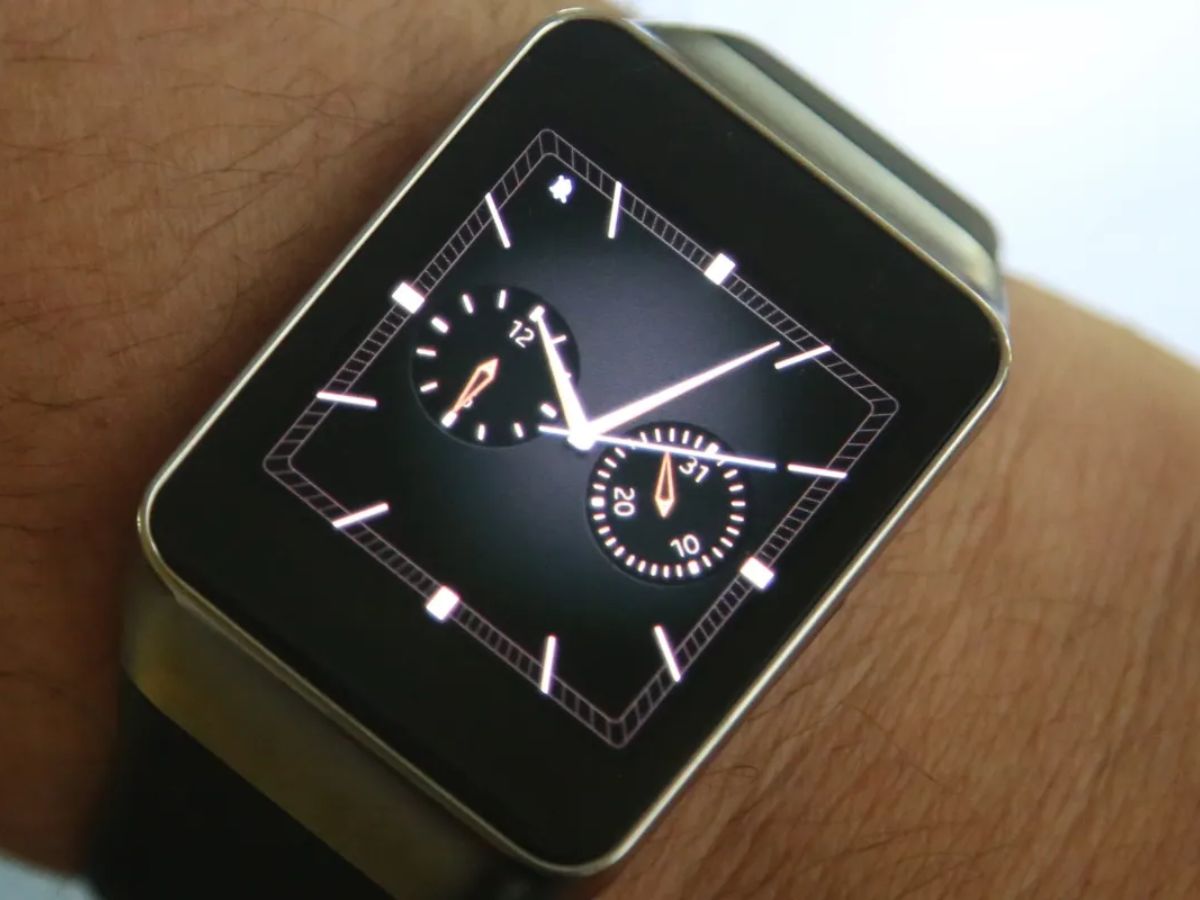
Introduction
The wearable technology market has seen significant growth over the past decade, driven by advancements in smartwatches and fitness trackers. However, this growth has also led to intense competition, high development costs, and evolving consumer preferences. For a company specializing in Android watches, these challenges can be particularly daunting. Let's explore the hypothetical case of an Android watch company that faced insurmountable obstacles and ultimately went out of business.
Market Saturation and Competition
Intense Competition
The wearable technology market has become increasingly crowded with brands like Apple, Samsung, Fitbit, and Garmin dominating the space. Each of these brands offers high-quality products with robust features, making it difficult for new entrants to gain traction.
SmartTime's Struggle
Our hypothetical Android watch company, SmartTime, initially managed to carve out a niche by offering affordable and feature-rich smartwatches. However, as more competitors entered the market, SmartTime found it challenging to differentiate itself. The market became flooded with similar products, leading to a decrease in sales and market share.
High Development Costs
Investment in R&D
Developing wearable technology involves significant investment in research and development (R&D), software engineering, hardware design, and testing. The cost of developing a high-quality smartwatch can be substantial, especially if the company aims to compete with established brands.
Escalating Expenses
SmartTime initially invested heavily in R&D to create its flagship model. However, as the company continued to innovate and update its products to keep pace with competitors, the R&D costs escalated. These expenses were further compounded by the need for frequent software updates and hardware improvements.
Eroding Profit Margins
Price Wars
The intense competition in the wearable technology market often leads to a race to the bottom in terms of pricing. Companies may reduce their prices to attract more customers, but this strategy can erode profit margins significantly.
Financial Strain
To remain competitive, SmartTime had to reduce its prices repeatedly. However, this strategy did not yield the desired results. The company's profit margins continued to shrink as it struggled to cover its operational costs and invest in future innovations.
Consumer Preferences and Trends
Shifting Demands
Consumer preferences play a crucial role in determining the success or failure of any technology company. Trends in wearable technology can shift rapidly, with consumers often favoring the latest models or brands that offer cutting-edge features.
Falling Behind
SmartTime initially focused on providing basic fitness tracking features and integration with Android devices. However, as consumers began to demand more advanced features such as GPS tracking, heart rate monitoring, and integration with other smart home devices, SmartTime found it challenging to keep up.
Supply Chain Disruptions
Global Manufacturing Challenges
Supply chain disruptions can have a significant impact on technology companies, particularly those reliant on global manufacturing networks. The COVID-19 pandemic highlighted the vulnerabilities of global supply chains when lockdowns and travel restrictions caused delays in component delivery.
Production Delays
SmartTime faced supply chain disruptions due to the pandemic, which led to delays in production and increased costs associated with sourcing alternative components. These disruptions not only affected the company's ability to meet demand but also impacted its reputation as a reliable brand.
Financial Constraints
Unsustainable Business Model
Financial constraints are often a critical factor in the demise of technology companies. The high costs associated with R&D, marketing, and operational expenses can be overwhelming if not managed effectively.
Revenue Decline
SmartTime struggled financially due to its inability to maintain a sustainable business model. The company's revenue declined as it faced increased competition and reduced profit margins. Despite efforts to cut costs and streamline operations, SmartTime was unable to generate sufficient cash flow to invest in future innovations or cover its operational expenses.
Regulatory Challenges
Compliance Issues
Regulatory challenges can also play a significant role in the success or failure of technology companies. The wearable technology market is subject to various regulations related to data privacy, health monitoring, and consumer protection.
Eroding Trust
SmartTime faced regulatory challenges related to data privacy and health monitoring. The company struggled to comply with evolving regulations while maintaining its competitive edge. These challenges further eroded the company's reputation and trust among consumers.
Lessons Learned
The hypothetical case of SmartTime illustrates the complex interplay of factors that can lead to the demise of an Android watch company. Market saturation, high development costs, eroding profit margins, shifting consumer preferences, supply chain disruptions, financial constraints, and regulatory challenges all contributed to SmartTime's downfall.
While innovation and technological advancements are crucial for success in the wearable technology market, they must be balanced with effective management strategies that address market dynamics, consumer preferences, and operational challenges. Companies must be agile enough to adapt quickly to changing trends and regulatory requirements while maintaining a sustainable business model.
By understanding these factors and learning from the experiences of companies like SmartTime, future entrepreneurs can better navigate the challenges of the wearable technology market and achieve long-term success.
